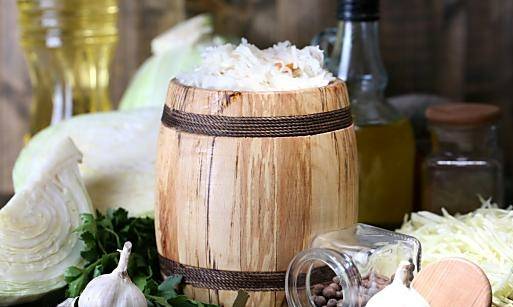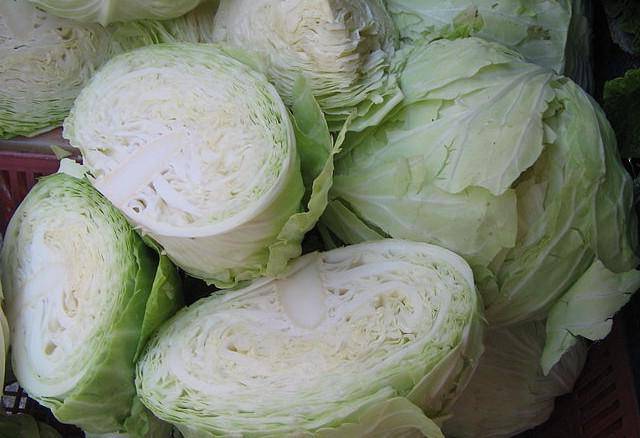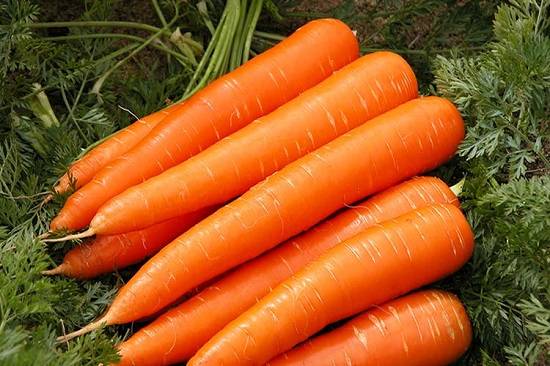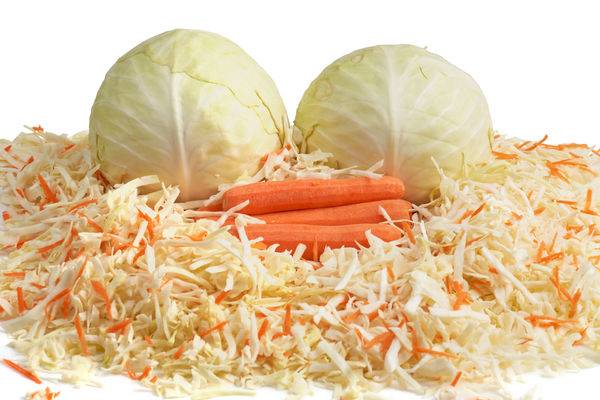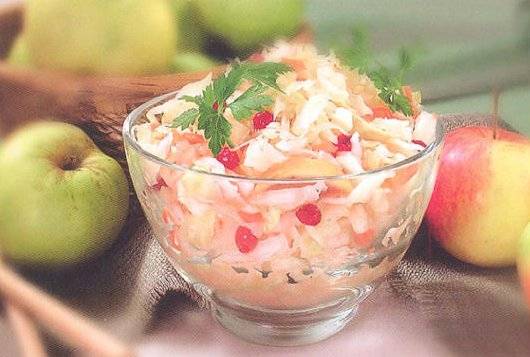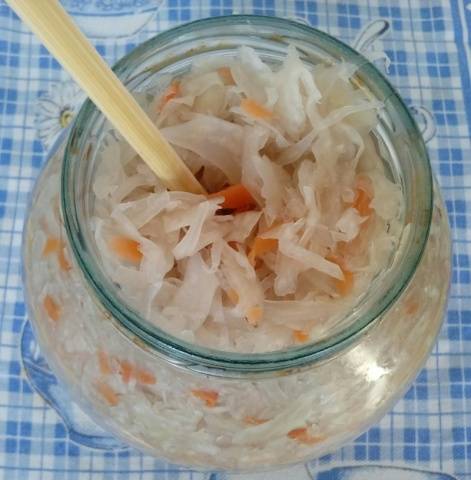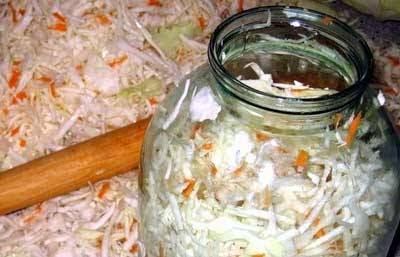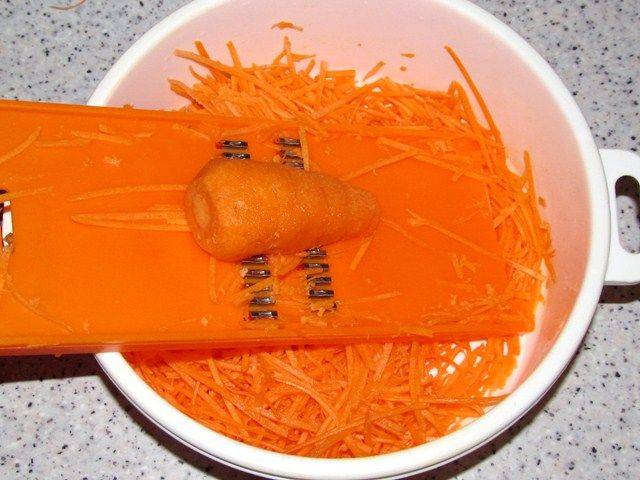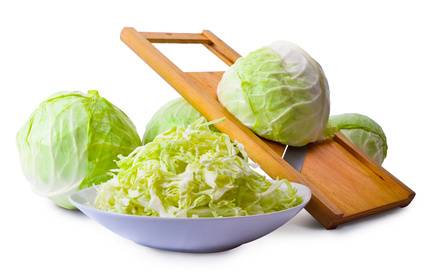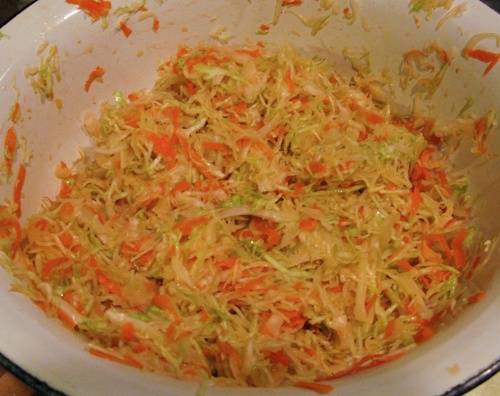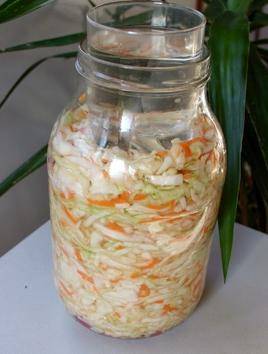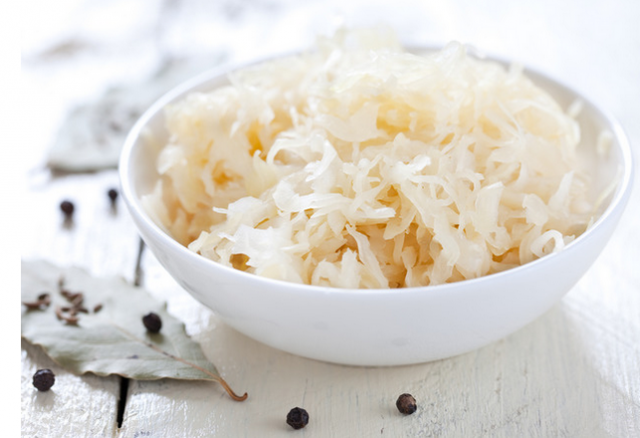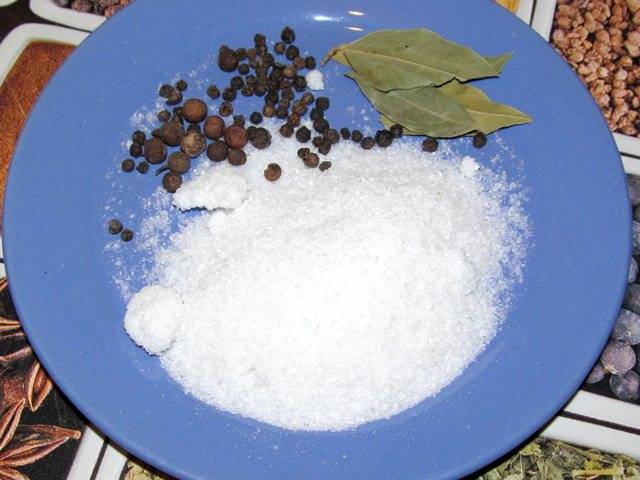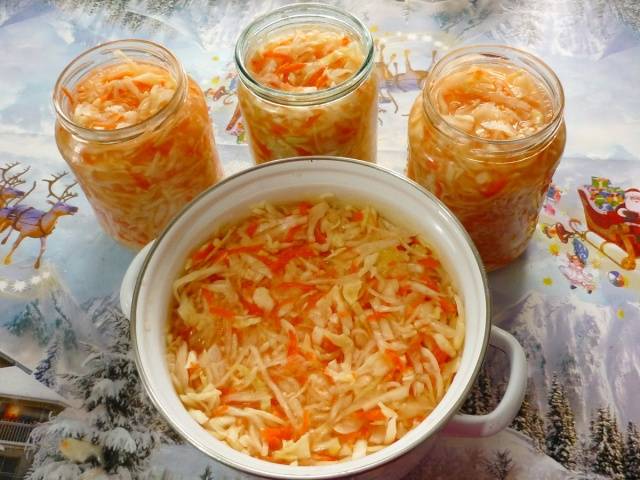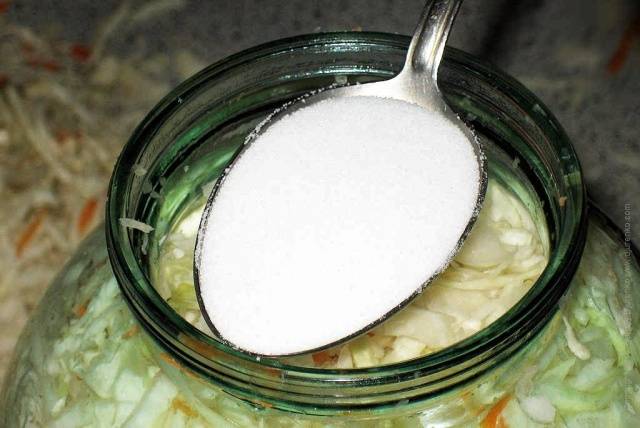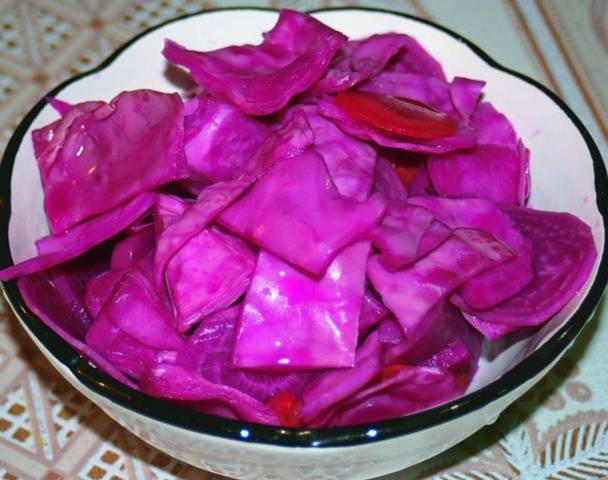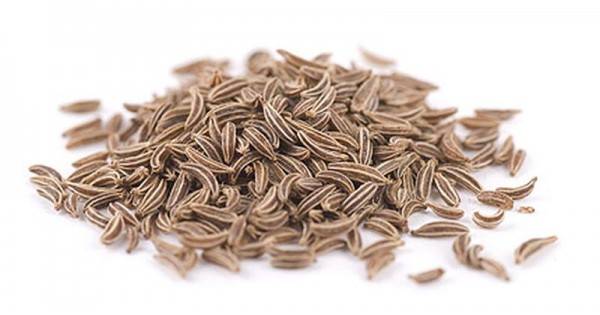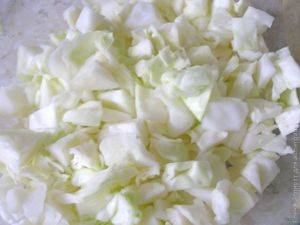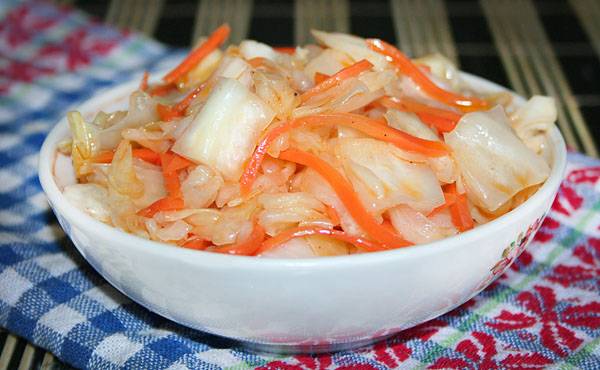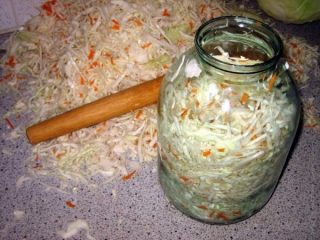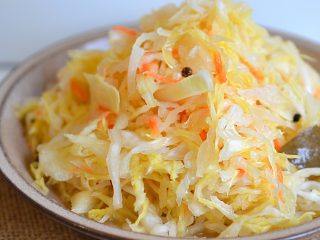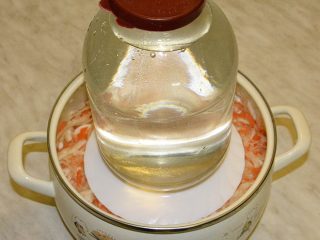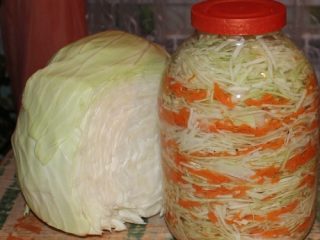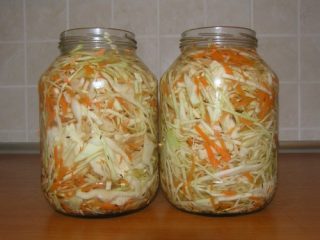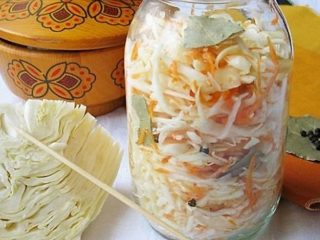Content
Cabbage is an inexpensive and healthy vegetable that is included in the daily menu of many people. It is rich in fiber, minerals and vitamins. But this is in the summer. During storage in winter, the vitamin content gradually decreases. At home, keeping the harvest of this vegetable fresh without loss is very difficult. Special rooms with constant low temperature and certain humidity are required.
Our ancestors long ago learned to preserve a tasty vitamin product until spring. For this purpose it was fermented. In this case, vitamins were not only not lost, but due to the fact that they passed into a form that the human body absorbed more easily, there were more benefits from such food. Oak barrels were used for fermentation, since glass was not cheap. In them, fermentation was perfectly stored underground until spring.
Why is it better to choose jars for fermentation?
Nowadays, most people don’t have underground space, and many people simply don’t need to harvest cabbage in large quantities. You can pickle it in an enamel bucket or large saucepan, but it is much more convenient to do this in a glass jar. Fermentation in such a container can be easily stored in the refrigerator.If you ferment a new batch from time to time, you will always have a tasty product available. The process itself does not take much time; you can simply ferment cabbage in a jar; you only need a few ingredients. You can choose any recipe for fermentation.
How to choose cabbage for fermentation
Not all heads of cabbage are suitable for this. In order to always be able to enjoy a truly tasty and crispy preparation, cabbage must meet the following requirements:
- Only varieties that ripen in the middle and late periods are suitable for fermentation. Early varieties produce soft cabbage that does not store well;
- varieties should be intended specifically for fermentation, and not for storage. Until now, the old and reliable ones are considered the best - Slava and Belorusskaya;
- the heads of cabbage must be dense and elastic, have a white color under the outer leaves and contain sugar in an amount sufficient for the process of lactic fermentation;
- Heads of cabbage with signs of disease on the outer leaves are not suitable for fermentation; they will produce a lot of waste, and the fermentation will be of poor quality.
How does fermentation happen?
To make the fermentation tasty and crispy, you only need three ingredients: cabbage, carrots and salt. Even without any additives, you can get a completely high-quality product from them. To achieve success in this business, proportions are very important. Typically, the amount of carrots should be 1/10 of the weight of the heads of cabbage, and about 20 g of salt per kilogram of cabbage is enough, this is about 2 teaspoons with top or less than a tablespoon without top. If you ferment cabbage in a jar, then a 3-liter container will require a head of cabbage weighing about 3 kg.To speed up the fermentation process, you can additionally add granulated sugar. For every kilogram of cabbage you will need 10-20 g.
Pickling is a process of lactic acid fermentation, during which the sugars contained in the heads of cabbage are converted into lactic acid. It not only perfectly protects sauerkraut for the winter from spoilage, but is also beneficial for the body. With its help, you can solve many health problems, so sauerkraut should be consumed by everyone who has no contraindications to it.
The fermentation process takes place in two stages. The first is where the yeast is active. It is because of their vital activity that foam appears on the cabbage brine and gases are released.
To remove gases, which can cause sauerkraut to taste bitter, it is pierced with a wooden stick to the very bottom. This must be done all the time while gases are released.
After 2-3 days, lactic acid begins to accumulate. The fermentation process takes place at a temperature of at least 20 degrees. It is important not to waste time and take the fermentation to the cold, then the fermentation will not peroxidize. Usually they do this for 4-5 days.
Fermentation technology
Making sauerkraut for the winter in a jar is almost the same as in other containers. But there are also some peculiarities. The weight that must be placed on top of the cabbage cannot be made large in such a container. This is especially important if you ferment it in a small container, for example, in a liter jar.Therefore, you have to not only compact it well when laying it, but also grind it thoroughly in the container in which it is cooked so that it easily releases the juice. This is usually not done for fermentation in other containers.
The acid that is formed during fermentation easily enters into a chemical reaction with the metal, resulting in the formation of harmful salts.
Fermentation without adding brine
How to ferment cabbage correctly? If you decide to ferment cabbage in a jar, you need to do it like this:
- clean the heads of cabbage from the outer leaves, removing damaged areas;
- peel and wash the carrots, grate them or cut them into thin cubes;
- cut the heads of cabbage into large pieces, remove the stalk, chop into thin strips, adhering to the longitudinal direction. Using a special shredder makes the process easier and makes the shredded cabbage the same shape and size, which will help it ferment more evenly.
- transfer the cabbage and carrots into a basin or wide pan, add salt according to the norm and, if necessary, sugar, rub well with your hands, as in the photo;
- Place the cabbage in jars - liter or other size, compacting well, place each jar on a plate, cover the surface of the cabbage with a lid and press down with a weight. A glass water bottle is best for this.
- at the beginning of fermentation, remove the foam and pierce it several times to remove gases;
- Transfer the finished fermentation to the cold after 3-5 days.
Sometimes there is not enough juice in cabbage heads. How to properly ferment such cabbage in a jar? You will have to make brine for pouring.
Pickling with brine
The fermentation process for this recipe will be different.
- The brine is prepared: it will require 1.5 liters of boiling water with salt (1.5 tablespoons) and sugar (1.5 tablespoons) dissolved in it. If you like spicy cabbage, you can add the spices you like to the brine. Most often these are peppercorns and bay leaves.
- to fill a three-liter jar according to this recipe, you will need less cabbage - about 2.5 kg, carrots you need 200-250 g;
- we prepare the products as in the previous case;
- Mix shredded cabbage with grated carrots, sugar and salt have already been added to the brine. If cabbage is fermented in brine in a jar for the winter, there is no need to grind it.
- We place the fermentation loosely in the jars; there is no need to compact it;
- pour the prepared chilled brine so that it is above the fermentation level;
Next, we proceed in accordance with the previous recipe. The main thing is to stop fermentation in time, for which you need to take the cabbage out into the cold. To prevent cabbage from appearing sour, the lactic acid content should not be more than 1%. If fermentation is complete, its content increases to 2%.
Pickling with honey
Next sauerkraut recipe for the winter - this is a cross between the previous two. To fill, we will use boiled chilled water - 600-800 g, and add salt directly to the cabbage mixed with carrots. You only need a tablespoon; honey is used instead. You need to take a little less than 3 kg of cabbage.
Lightly grind the shredded cabbage with grated carrots and salt and place in a glass container, liter or larger. There is no need to compact it too much. It will be enough if it just fills the jar tightly.
On the second day after the start of fermentation, pour the brine into another container, squeeze out the cabbage, put it back in the jar, swapping the layers - the top down and the bottom up. Dissolve honey in brine, a tablespoon is enough and pour into cabbage. She needs to wander for another day. Then the jars need to be refrigerated.
Quick fermentation
This cabbage is fermented in brine. Adding vinegar speeds up the cooking process. But this type of cabbage is more pickled than sauerkraut.
Ingredients for a 3 liter jar:
- a head of cabbage weighing about 2 kg;
- from 0.5 to 0.8 kg of carrots;
- 6 tbsp. spoons of vinegar, preferably apple;
- about 1 liter of boiled water;
- 3 bay leaves;
- 1 tbsp. spoon of sugar;
- 2 tbsp. spoons of salt.
Shred the cabbage, grate the carrots, mix, grind well to release the juice. Add spices and place in a jar. Boil water and add all the ingredients for the brine to it. For quick fermentation, you need to pour it hot. As soon as it cools down, put it in the cold, preferably in the refrigerator. You can eat it within 24 hours.
It is no secret to experienced housewives that the taste of pickling largely depends on the size and shape of the cabbage pieces. There are recipes for sauerkraut with whole heads or halves. Of course, it is impossible to make such fermentation in a jar. But there is a way out here too.
Spicy cabbage, pickled in pieces
Garlic and hot pepper will add spiciness to the cabbage, and cumin will give a pleasant taste and aroma.
When used systematically, they will help strengthen the immune system and cope with intestinal and kidney problems. Cumin is an antiseptic and will protect cabbage from spoilage.
Ingredients:
- cabbage heads – 5 kg;
- carrots – 0.25 kg;
- salt – 200 g;
- sugar – 400 g;
- garlic – 2 heads;
- cumin – 1 teaspoon;
- water – 4.5 l;
- hot pepper – 1 pod.
We cut the heads of cabbage into large pieces.
Place in a container for fermentation. Fill with water with dissolved salt. We keep it under pressure for 4 days. Three carrots, add together with cumin to the chopped heads of cabbage, add the spicy ingredients there - garlic, pepper, pre-chop them. Mix and put into jars. The remaining brine must be strained, boiled, dissolving sugar in it. Pour warm brine into the fermentation. You need to keep it in the room for another three days.
Store the fermentation in pieces in the cold.
Results
There are a great many pickling recipes, all of which are suitable for doing it in jars. The only exception is fermentation of whole heads of cabbage or halves. By the way, it is the most delicious. Most often, sweet peppers, apples, cranberries, lingonberries, garlic, onions, and beets are added when fermenting. Each housewife chooses additives according to her taste and the wishes of her family. Good luck with your fermentation.
